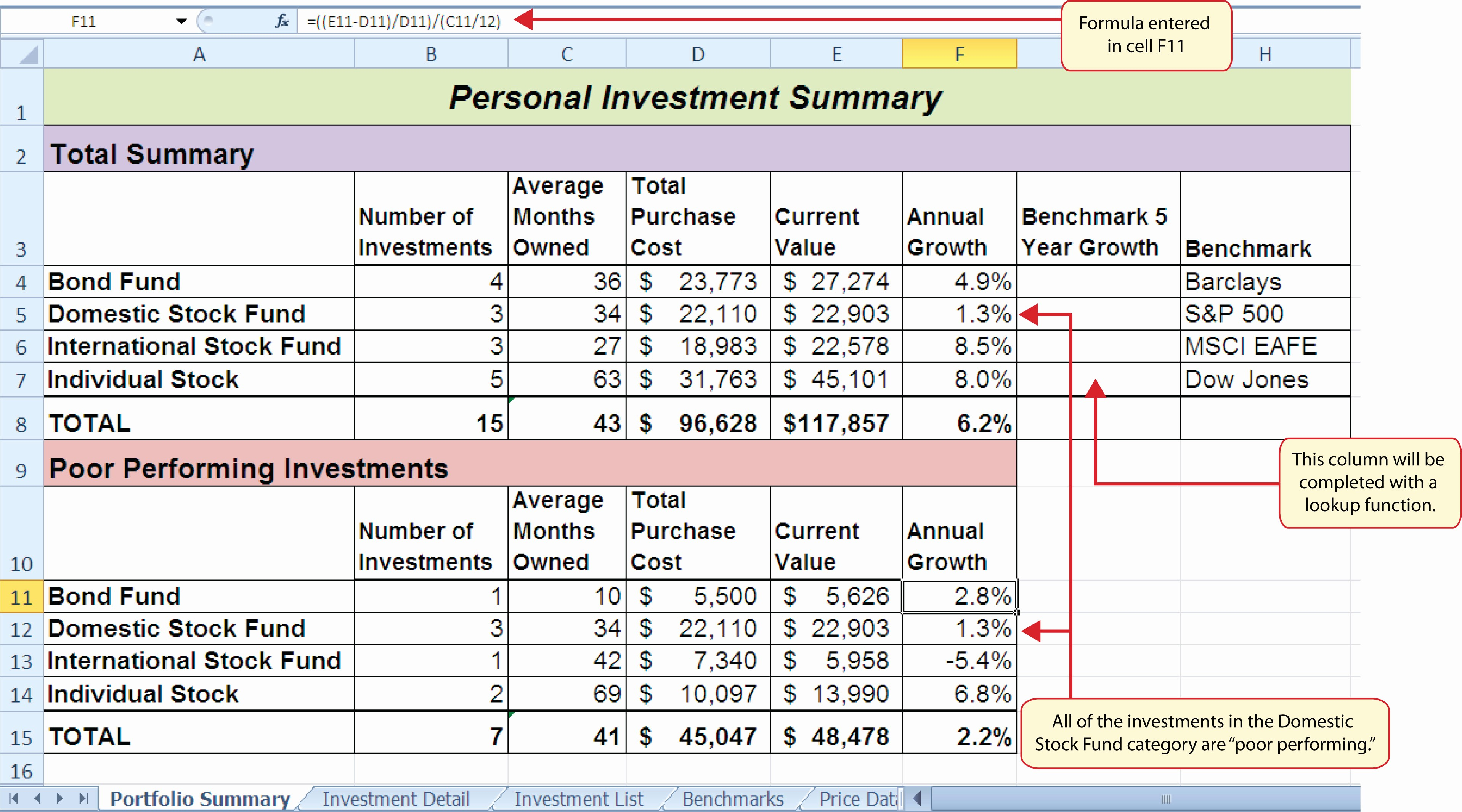Your Real Safe Bet: Choosing The Right Investment Portfolio For You

Table of Contents
Assessing Your Risk Tolerance and Financial Goals
Before diving into specific investments, it's crucial to understand your risk tolerance and define your financial goals. These two factors will heavily influence the composition of your investment portfolio.
Understanding Your Risk Tolerance
Your risk tolerance reflects your comfort level with potential investment losses. Investors generally fall into three categories:
- Conservative: These investors prioritize capital preservation and are averse to significant risk. They typically opt for low-risk investments with lower potential returns.
- Moderate: Moderate investors seek a balance between risk and return. They are willing to accept some risk for potentially higher returns.
- Aggressive: Aggressive investors are comfortable with higher risk in pursuit of potentially substantial returns. They are often willing to tolerate greater market fluctuations.
To determine your risk tolerance, ask yourself:
- How comfortable are you with potential short-term losses?
- What is your time horizon for investment (short-term, mid-term, long-term)?
- How much of your investment can you afford to lose without jeopardizing your lifestyle?
- What is your overall financial situation and debt level?
Your age also significantly impacts your risk tolerance. Younger investors generally have a longer time horizon, allowing them to withstand greater market volatility and embrace more aggressive investment strategies. Older investors, closer to retirement, typically favor more conservative approaches to protect their accumulated wealth.
Defining Your Financial Goals
Setting clear, measurable, achievable, relevant, and time-bound (SMART) financial goals is essential. These goals will dictate your investment strategy and timeline. Examples include:
- Retirement: Saving enough for a comfortable retirement requires a long-term investment strategy, potentially incorporating a mix of stocks and bonds.
- Buying a House: Saving for a down payment has a shorter time horizon, suggesting a less risky, more conservative investment approach.
- Children's Education: Funding your children's education also has a specific timeline, requiring a balanced portfolio considering both growth and security.
The connection between your financial goals and investment timelines is critical. Long-term goals (like retirement) allow for greater risk-taking, while short-term goals require a more conservative approach.
Diversifying Your Investment Portfolio
Diversification is a cornerstone of successful investing. It involves spreading your investments across different asset classes to minimize risk and potentially enhance returns.
Asset Allocation Strategies
Asset allocation refers to the proportion of your investment portfolio dedicated to various asset classes:
- Stocks (Equities): Represent ownership in companies and offer the potential for high returns but carry higher risk.
- Bonds (Fixed Income): Loans to governments or corporations, generally offering lower returns but greater stability than stocks.
- Real Estate: Investment in properties, offering potential for rental income and capital appreciation.
- Cash and Cash Equivalents: Low-risk assets like savings accounts and money market funds providing liquidity.
Diversification reduces the impact of poor performance in one asset class on your overall portfolio. A common strategy is the 60/40 portfolio, allocating 60% to stocks and 40% to bonds. However, the ideal allocation depends on your risk tolerance and financial goals.
Choosing the Right Investments
Within each asset class, you have various investment vehicles:
- Exchange-Traded Funds (ETFs): Offer diversified exposure to a specific market segment at a low cost.
- Mutual Funds: Professionally managed portfolios that invest in a range of securities.
- Individual Stocks: Direct ownership in a specific company, offering high potential returns but increased risk.
- Bonds: Can include government bonds, corporate bonds, and municipal bonds, each with varying levels of risk and return.
When choosing investments, consider fees and expenses carefully, as these can significantly impact your returns over time.
Seeking Professional Financial Advice
While online resources provide valuable information, seeking professional financial advice can be highly beneficial.
When to Consult a Financial Advisor
Consider consulting a financial advisor if:
- You have a complex financial situation.
- You lack investment knowledge or experience.
- You need help creating a comprehensive financial plan.
- You require assistance with estate planning or tax optimization.
Benefits of working with a financial advisor include personalized guidance, objective advice, and ongoing portfolio management. Choose a qualified and reputable advisor with the appropriate certifications and experience.
Utilizing Online Investment Tools
Online investment platforms and robo-advisors offer convenient access to investment opportunities. However, they also have limitations:
- Robo-advisors: Provide automated portfolio management based on your risk profile and goals, but may lack the personalized touch of a human advisor.
- Online Brokerages: Offer a wide range of investment options but require you to manage your portfolio independently.
Always perform due diligence when choosing an online platform and compare fees, features, and security measures. Be aware of potential risks associated with online investing, including security breaches and platform malfunctions.
Regularly Reviewing and Rebalancing Your Investment Portfolio
Building a successful investment portfolio is not a "set it and forget it" endeavor. Regular review and rebalancing are essential.
Monitoring Your Portfolio's Performance
Track your portfolio's performance regularly using online tools or software. Monitor your investments' returns, fees, and overall allocation. Staying informed about market trends is crucial for making informed decisions.
Rebalancing Your Portfolio
Rebalancing involves adjusting your portfolio's asset allocation to maintain your target percentages. As some investments outperform others, your portfolio can drift from your desired allocation. Rebalancing involves selling some assets that have grown beyond their target allocation and reinvesting in assets that have underperformed. Rebalancing helps maintain your risk tolerance and can potentially improve long-term returns. Consider rebalancing annually or semi-annually, depending on your strategy.
Conclusion
Building a successful investment portfolio requires careful consideration of your risk tolerance, financial goals, and investment choices. Diversification, professional advice (when needed), and regular monitoring are crucial elements of long-term investment success. Remember, the right investment portfolio is not a one-size-fits-all solution; it's a personalized strategy tailored to your unique circumstances. Start building your real safe bet today by taking the first step toward creating the perfect investment portfolio for your unique financial situation. Understanding investment portfolios and actively managing them is key to securing your financial future.

Featured Posts
-
 Understanding Your Nl Federal Candidates An In Depth Look
May 09, 2025
Understanding Your Nl Federal Candidates An In Depth Look
May 09, 2025 -
 Addressing West Hams 25 Million Financial Deficit
May 09, 2025
Addressing West Hams 25 Million Financial Deficit
May 09, 2025 -
 The High Cost Of Tariffs How Trumps Billionaire Network Suffered
May 09, 2025
The High Cost Of Tariffs How Trumps Billionaire Network Suffered
May 09, 2025 -
 Projections For The Wireless Mesh Networks Market 9 8 Cagr Growth
May 09, 2025
Projections For The Wireless Mesh Networks Market 9 8 Cagr Growth
May 09, 2025 -
 Is This Uk City Becoming A Ghetto Hundreds Of Caravans And Growing Tensions
May 09, 2025
Is This Uk City Becoming A Ghetto Hundreds Of Caravans And Growing Tensions
May 09, 2025
